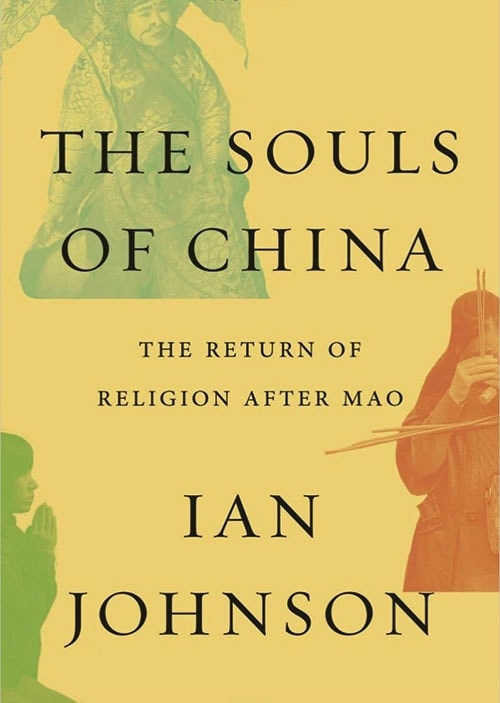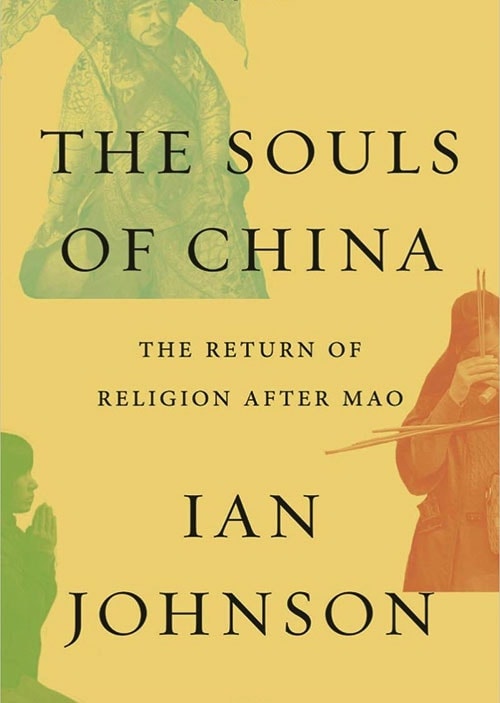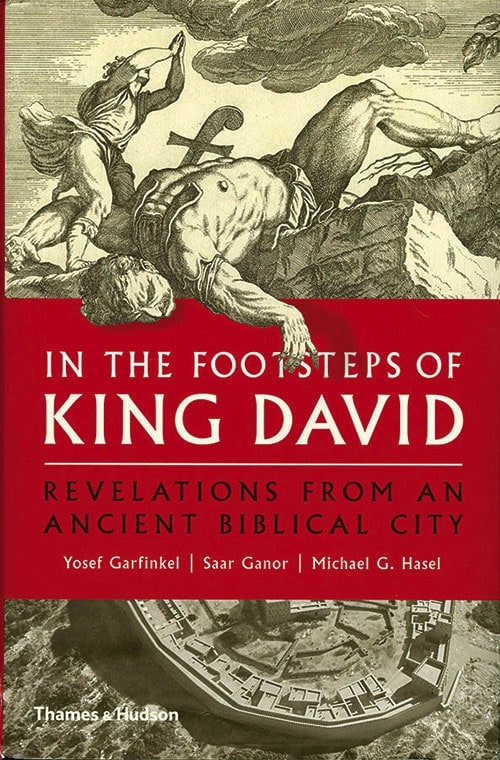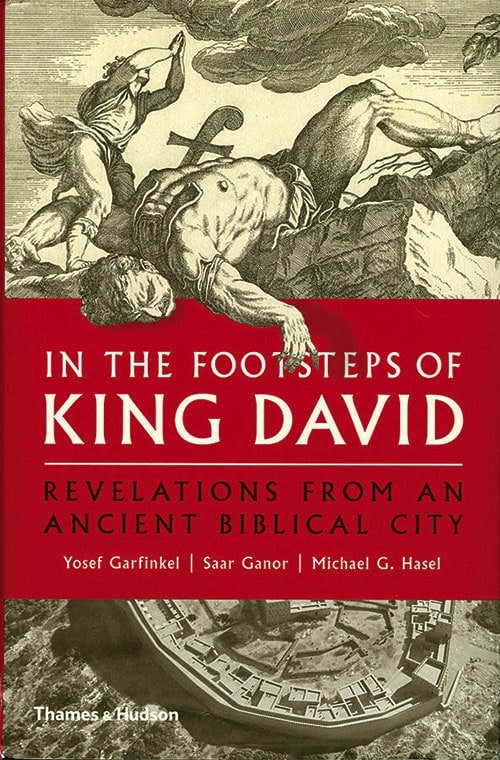

Prefatory material in Ian Johnson’s 30-chapter book includes lines from the 2500-year-old Book of Documents that Ian Johnson uses as his manuscript’s envelope by repeating them at the book’s conclusion: “Heaven sees as my people see. Heaven hears as my people hear.” That quotation is accompanied by another from the Bible whose first two lines read: “But now they desire a better country, that is a heavenly one” (Heb. 11:16, KJ21).
Introductory pages also list a “cast of characters” whose brief bios cue the reader toward Johnson’s conclusion, provided with little need for dogmatizing: spiritual reality does not go away because some ideology opposes it. The book’s seven parts, following the markings of the old Chinese calendar, are in the end a primer on the invincibility of the human spirit and the durability of faith in heaven, Chinese tian, “a sense of justice and respect [that] is something higher than any one government” (398).
Page 154 tells how Yu Chenyuan lost an eye at work, pierced by a piece of glass. When his boss refused to compensate him the family sued. The boss sent ruffians to terrorize him and kill his wife. Mr. Yu fled for his life; he’s been unemployed for five years.
I was reading in flight, and shared the paragraph with a woman in my row on the plane. She read and shook her head. I said: “He [Johnson] never makes judgments; just tells you what is.” I returned to reading, and she to the movie running on her tablet. Three page-turns later Johnson comments: China’s system of informants might be dismissed as just remarkable, “but it underpinned everything else; it was society’s rotten core” (p. 160).
Johnson does offer judgments; he just doesn’t rush to judgment. Bald anecdotes quietly blanket the reader, layer upon layer from angle upon angle—music, folk religion or indigenous versions of Christianity, social work, traditional medicine, politics, perhaps—smothering to cold, inevitable conclusion: then, after 160 pages, Johnson shares with readers the final gasp to which objectivity has brought them. Your resistance, along with his, to believing his inconceivable tale, has expired. The irony is that all along he has been describing an expiration: imminent death advancing systematically to snuff out a whole nation’s life. The heroes he follows in this monstrous scheme of moral suicide are common people of uncommon courage, gasping for air against graft and fraud, respiring without oxygen, by miracle, perhaps, refusing to die of suffocation.
China’s totalitarian experiments from Chairman Mao to President Xi make world news headlines. Johnson’s absorbing, minutely observant account details how the China beyond the headlines has survived every 25-man politburo initiative to either wipe out or compromise a people’s soul hunger. His conclusion seems wildly optimistic, or just biblical: given its recent spiritual darkness, a rebounding China “might actually be at the forefront of [a] worldwide search for spiritual values” (p. 400). It must be Johnson’s conviction about tian. Read him and share it. Whether or not, every minute of your reading will be worth it.
 In the Footsteps of a King
In the Footsteps of a King
During the past 40 years much ink has been spilled challenging the historicity of King David and his descendants and the picture of an emerging central state that the biblical text suggests for this period. Archaeologists and historians date this period to the late eleventh and early tenth centuries B.C., also known as the transition period between Iron Age I and Iron Age II. In the Footsteps of King David, cowritten by three highly recognized archaeologists, tackles the topic based on their seven-year excavation of Khirbet Qeiyafa, a site located in the western part of the Upper Shephelah of Judah, rising above the Elah Valley, about 20 miles southwest of Jerusalem. The site, mostly unknown prior to the discovery of the famous inscription on a pottery sherd in 2008, was excavated for seven years from 2007 to 2013. The excavators exposed about 5,000 square meters (or 54,000 square feet), corresponding to about 25 percent of the surface of the settlement (p. 32), offering them a clear picture of the history of its use.
The book is divided into nine chapters, which focus on the environs of Khirbeit Qeiyafa (pp. 12-21), underscore the confluence of the Bible, history, and archaeology in the life of King David (pp. 23-51), describe the urban nature of the settlement including its fortification and gate systems (pp. 53-101), discuss some of the major finds (pp. 103-113), offer a translation and interpretation of the famous Khirbet Qeiyafa inscriptions (pp. 115-127), put into context the finds linked to the cult of the city prior to the construction of the Solomonic temple (pp. 129-161), examine the extent of David’s kingdom in terms of the Bible and archaeology (pp. 163-183), situate the construction of Solomon’s palace and the first temple within the context of Iron Age II architecture (pp. 185-197), and, finally, draw appropriate links between the biblical text and the disciplines of archaeology and history. The volume is beautifully illustrated (with 80 black-and-white illustrations or photos and 26 full-color plates) and concludes with a brief appendix discussing the history of the site in the late Persian and early Hellenistic period (pp. 204-214), an extensive bibliography (pp. 218-228), and a subject index (pp. 230-240).
Those interested in biblical history will find this volume an engaging read that includes sufficient documentation to underline the serious scholarship lying behind it. At the same time it avoids the danger of dry jargon-filled academic discourse that doesn’t connect with the reality of nonspecialist readers. While archaeology does not always corroborate the specific, in the case of Khirbet Qeiyafa it definitely validates the big historical picture found in the Old Testament. To quote the authors: “The excavations showed that at the end of the 11th century BCE an urban society and central monarchy began to take shape in the Kingdom of Judah. Khirbet Qeiyafa was a fortified city at the entrance to the Elah Valley, in a location that was of geopolitical importance for only a relatively limited period of time. This accords with the biblical tradition, which names one of the cities in this area as Shaaraim, which we can identify with Khirbet Qeiyafa” (p. 201).